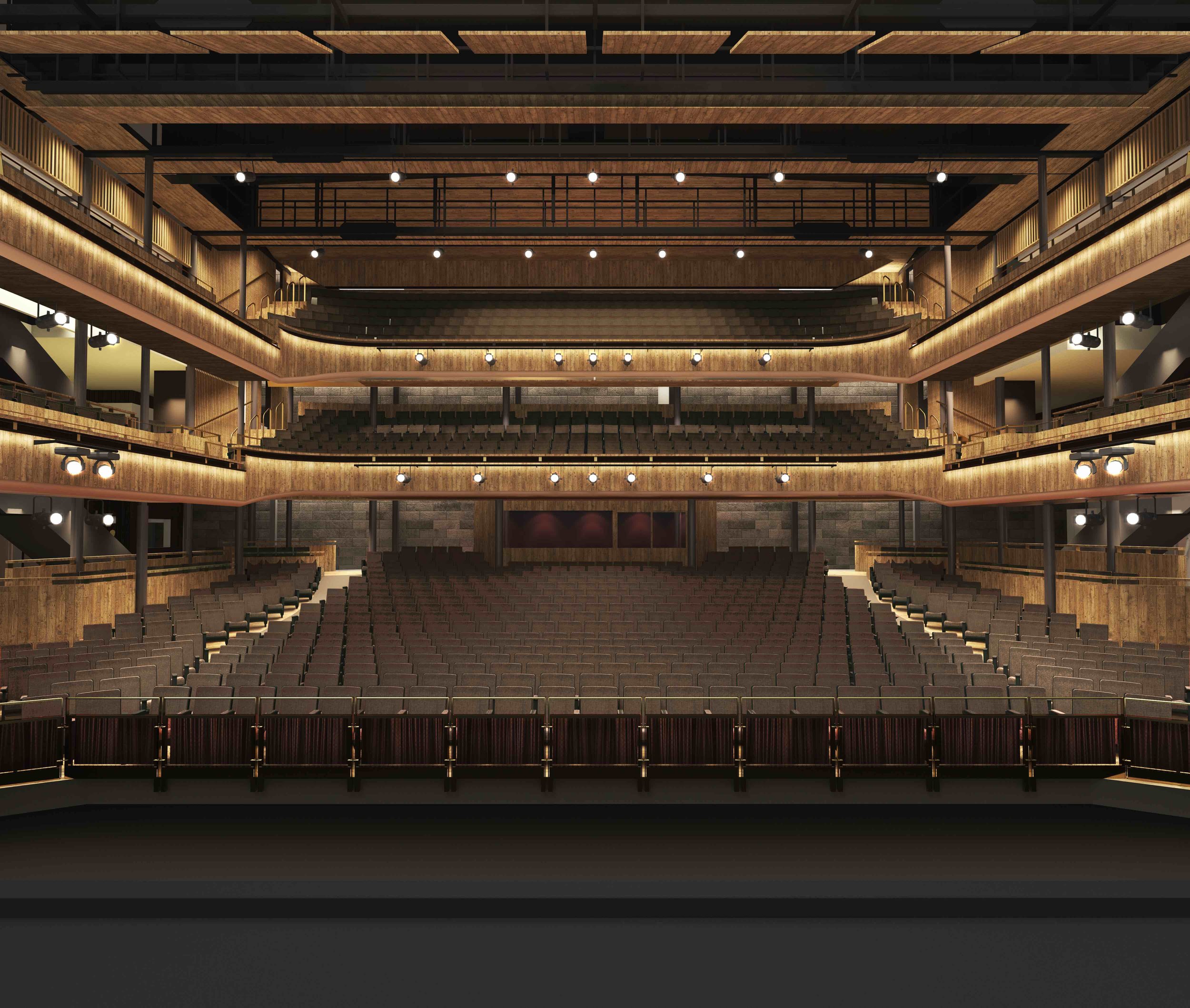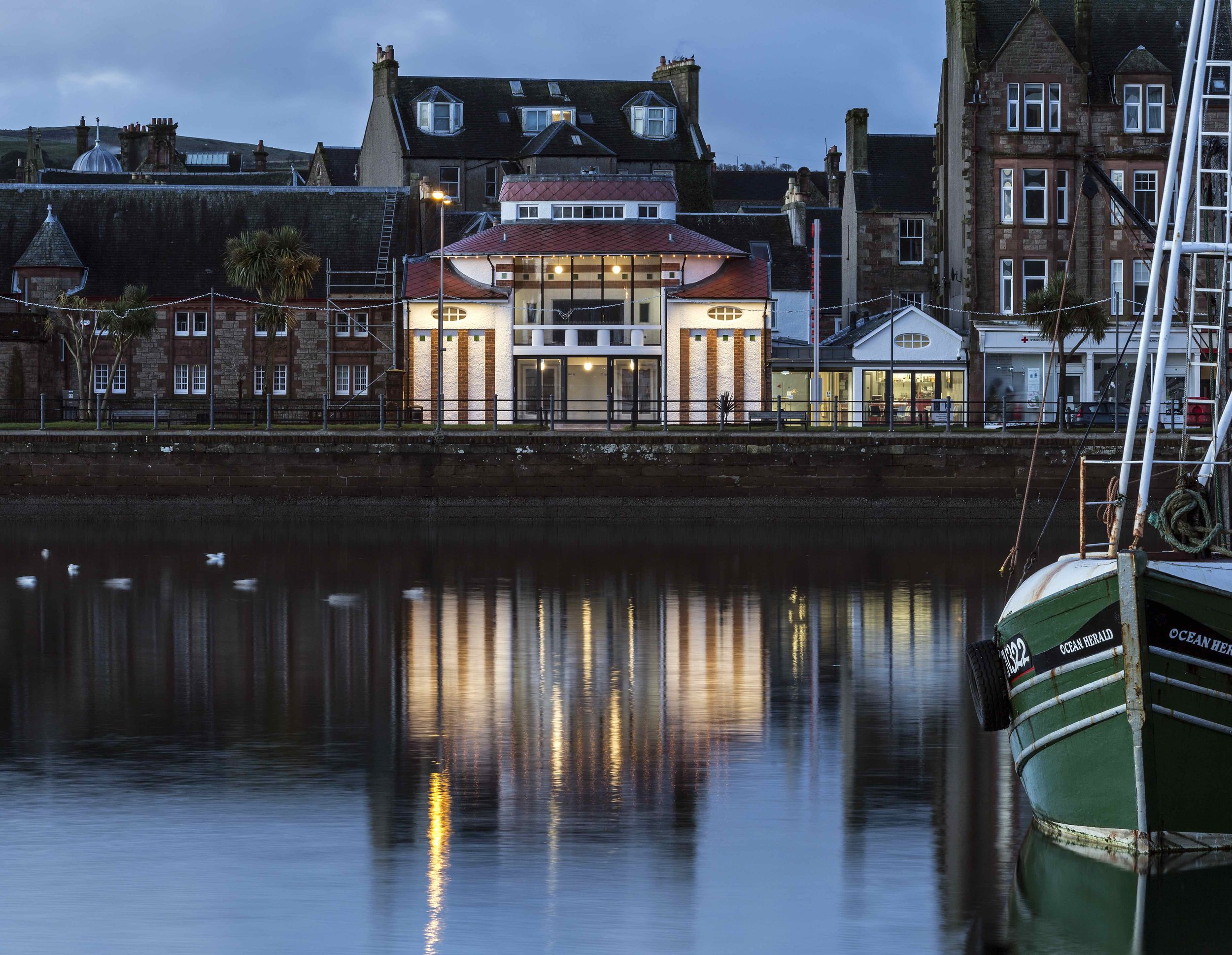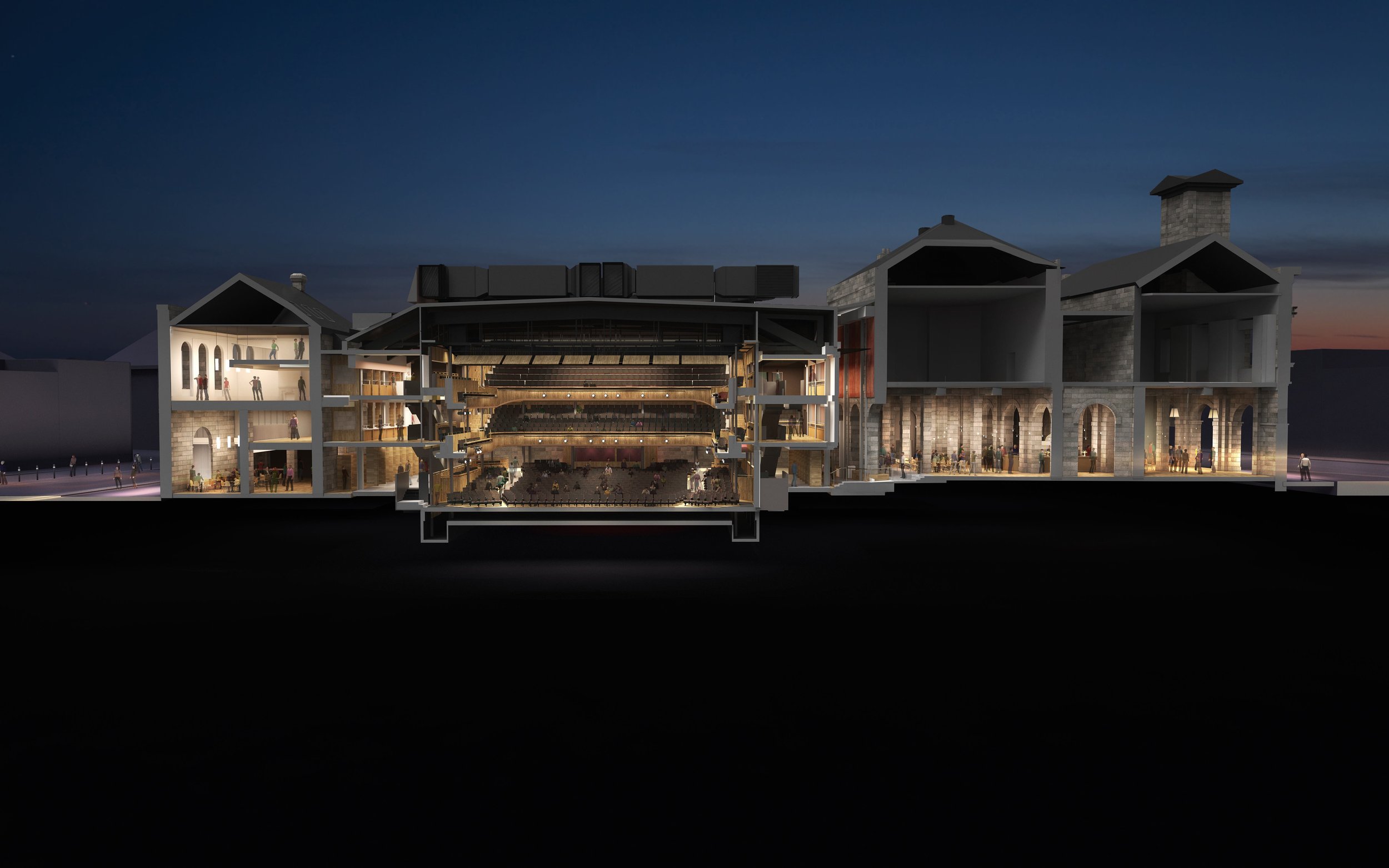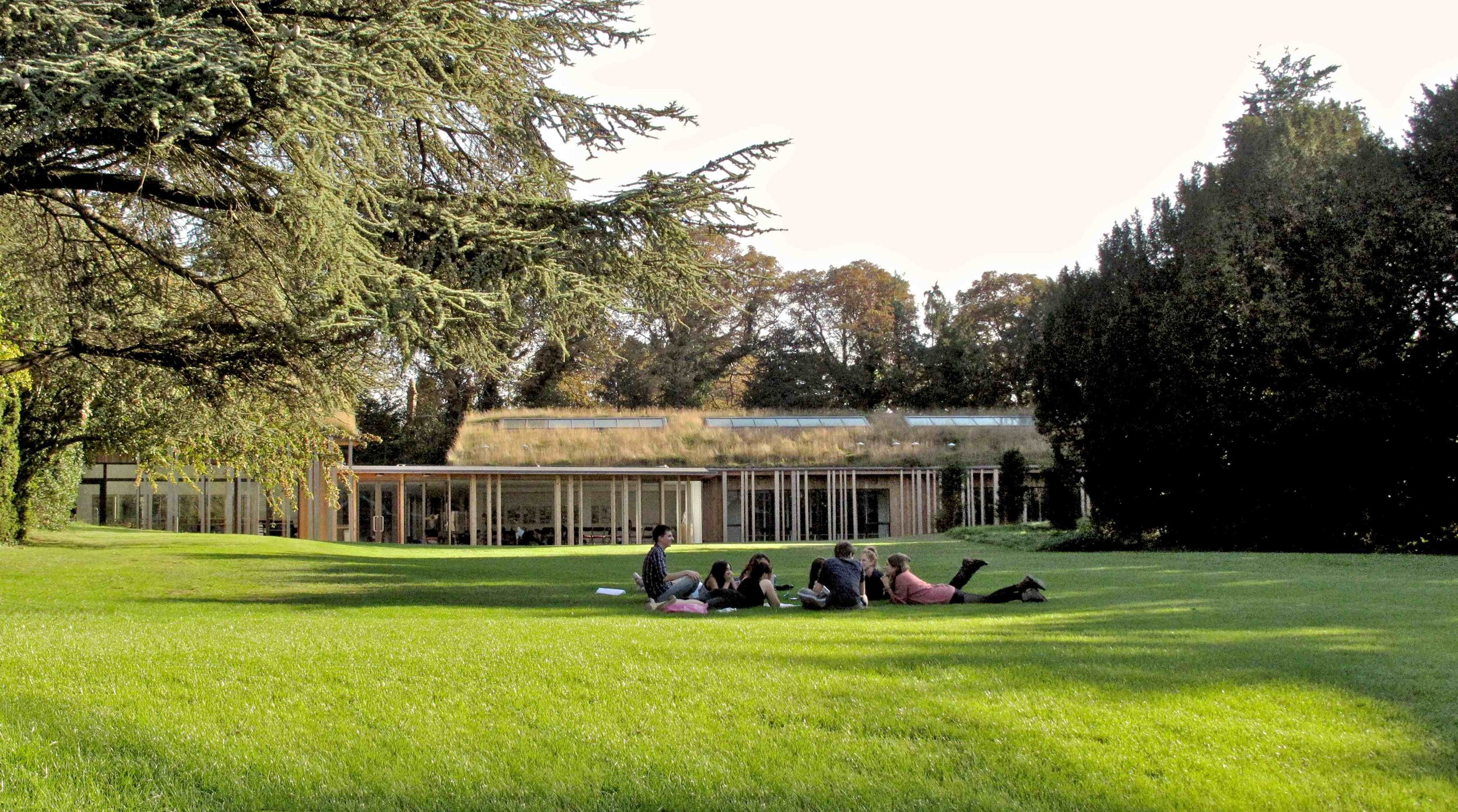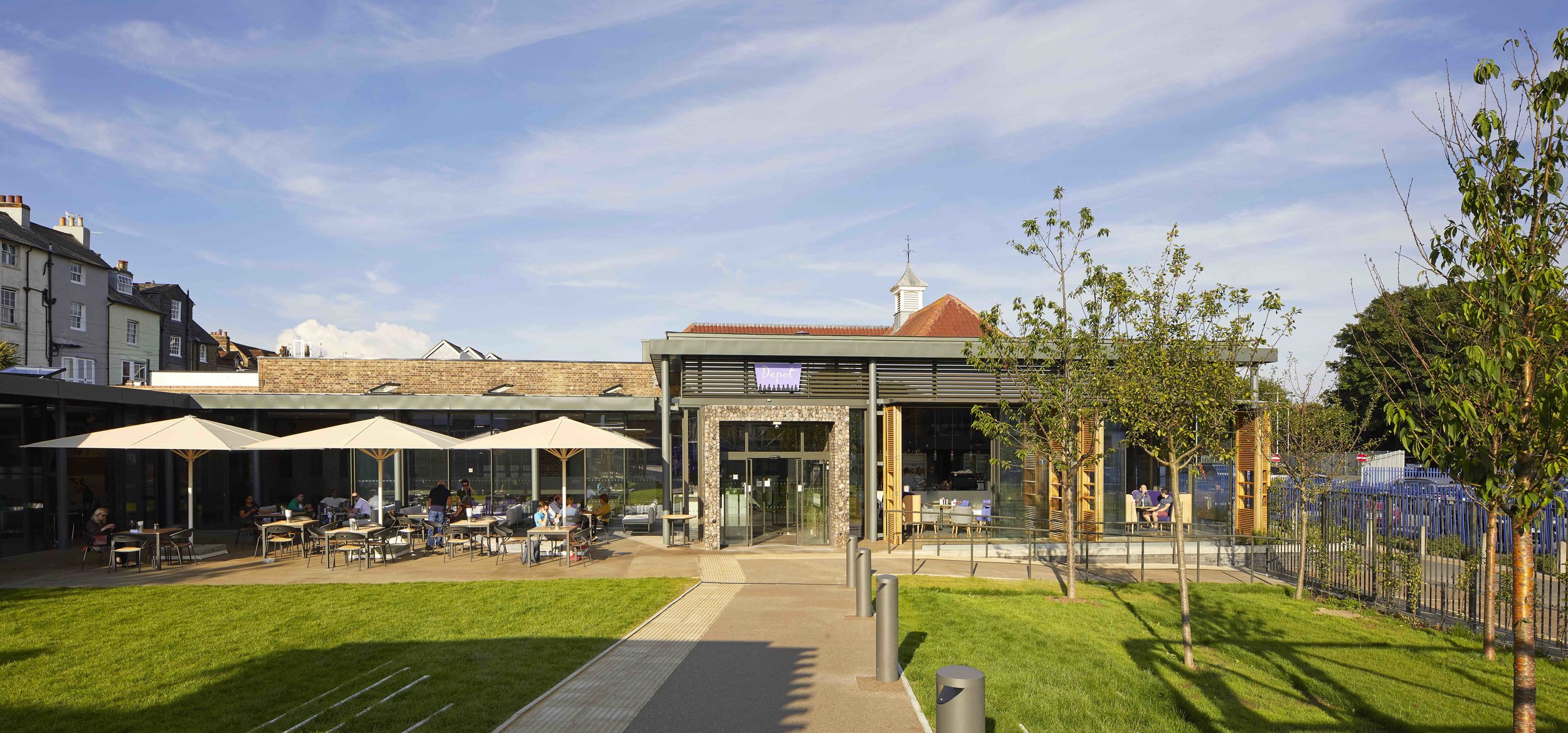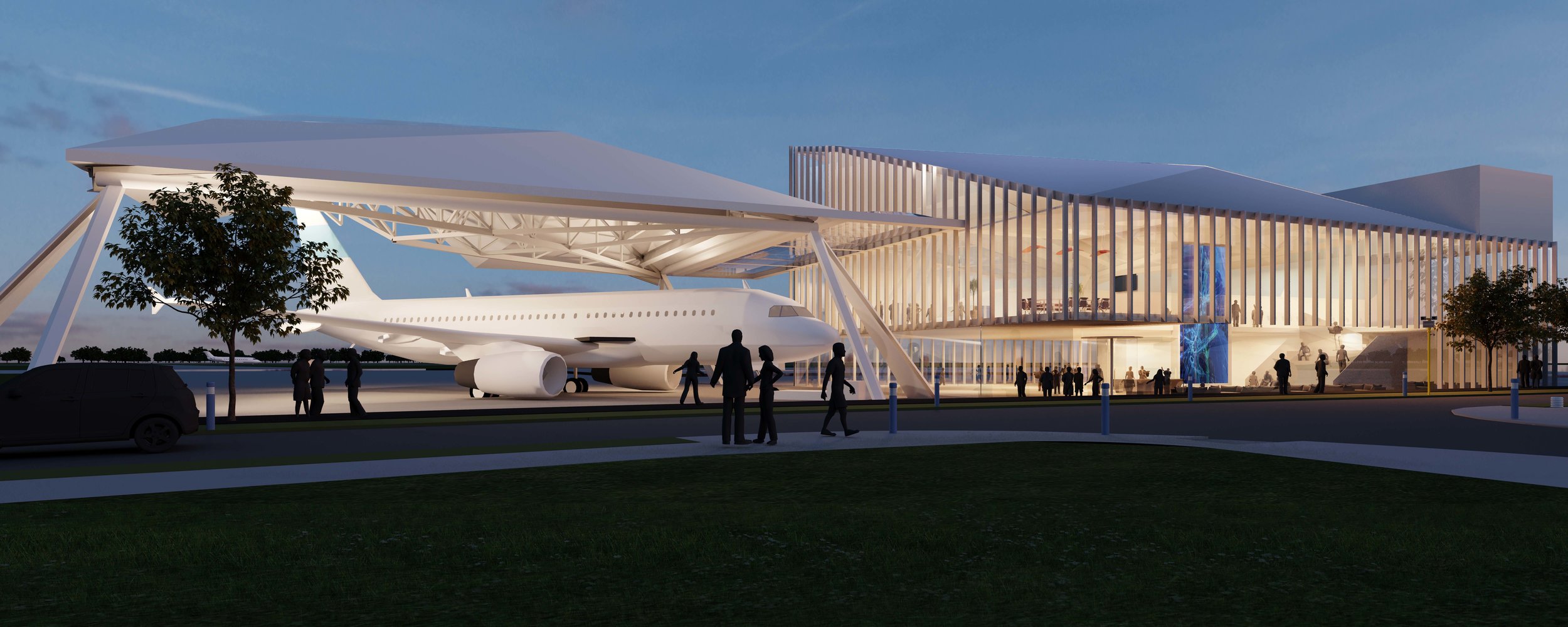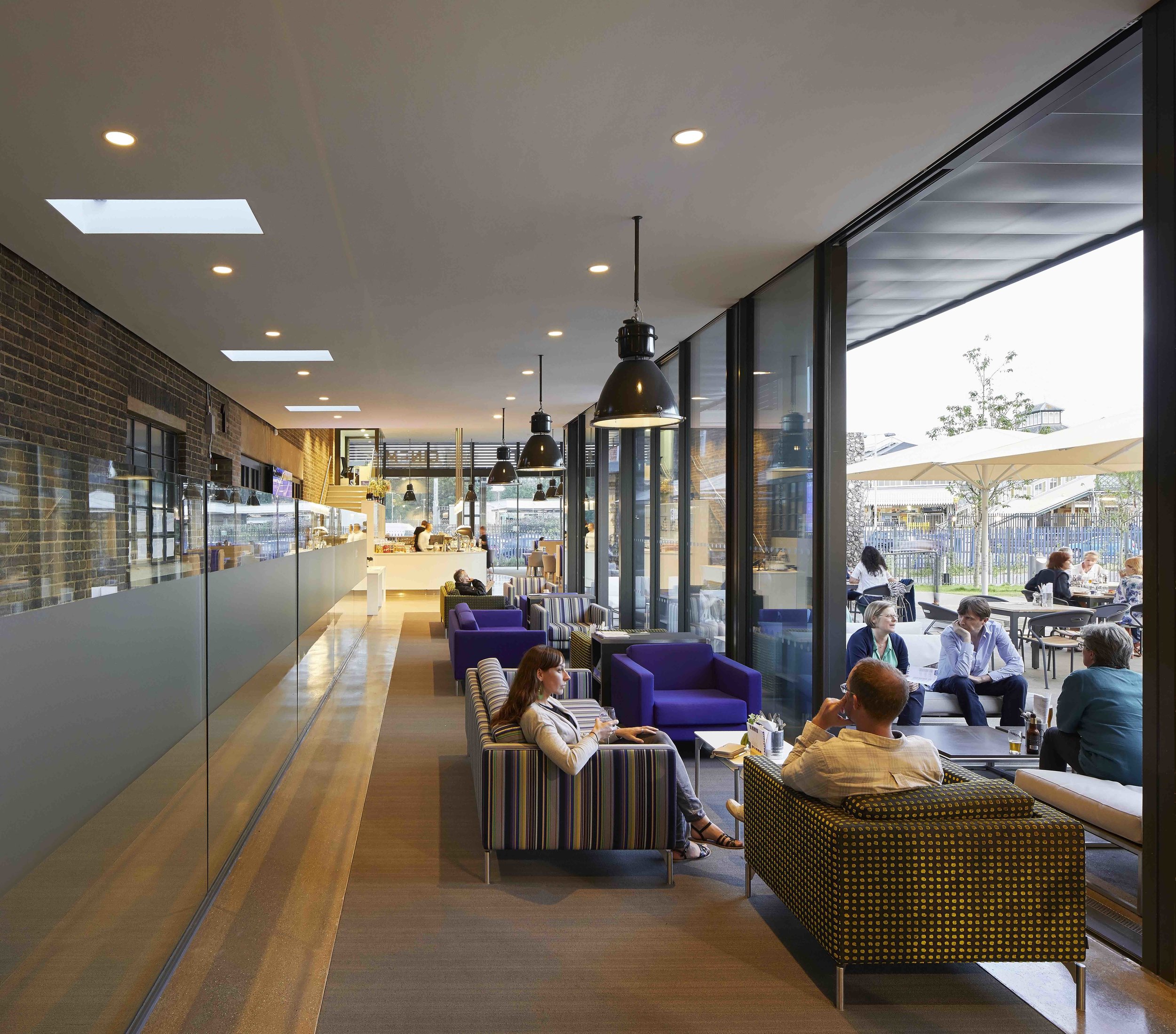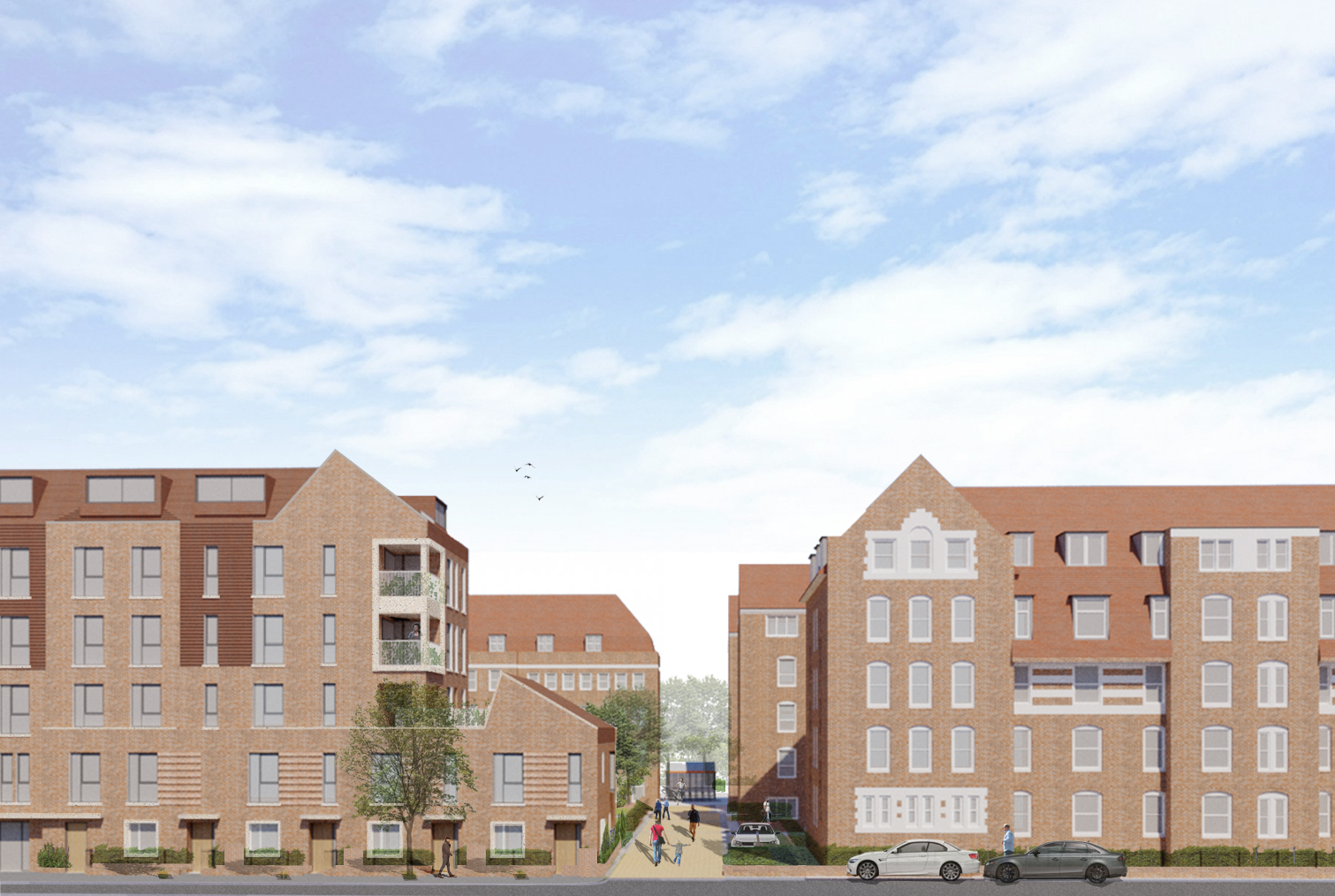John Burrell will be joining Andrew Simpson, Managing Director of Dominic Lawson Bespoke Planning (DLBP) at the White Paper Conference “How to Operate Skilfully and Advantageously within the Planning System” at the Caledonian Club, London.
Andrew and John will be discussing, using real examples from the work of both practices, “When does community consultation make a real – not token – difference to the scheme delivered?”
Community Consultation for London Borough of Islington
Burrell Foley Fischer pioneered doing more than just consultation. The granting of funds by the RIBA, under the Community Initiative Awards Scheme, to residents in Brixton enabled them to engage John Burrell and his team to work with the whole community and individuals to evolve the best brief and solutions, all as part of a two-way dialogue. This ethos of grounding and communicating ideas and options has continued and has become one of the hallmarks of the practice. BFF’s work continues to be predominantly for the users of the buildings they design and part of a long-term relationship and engagement.


